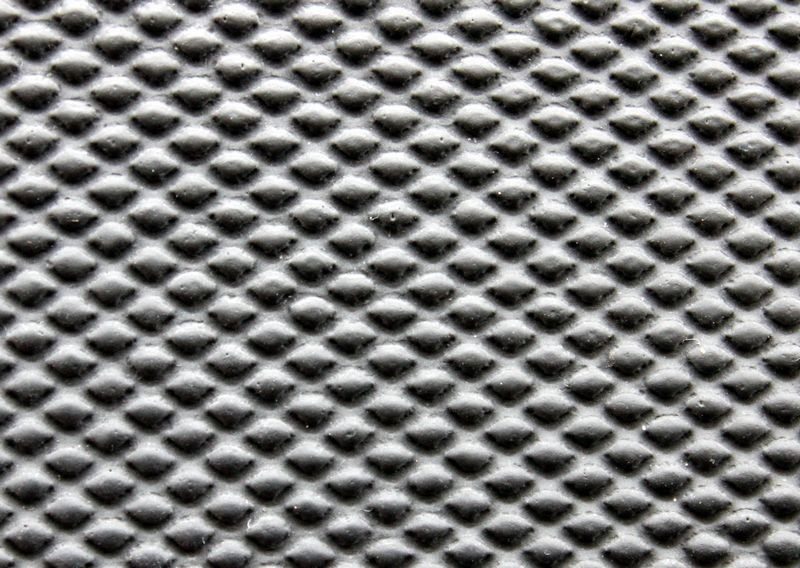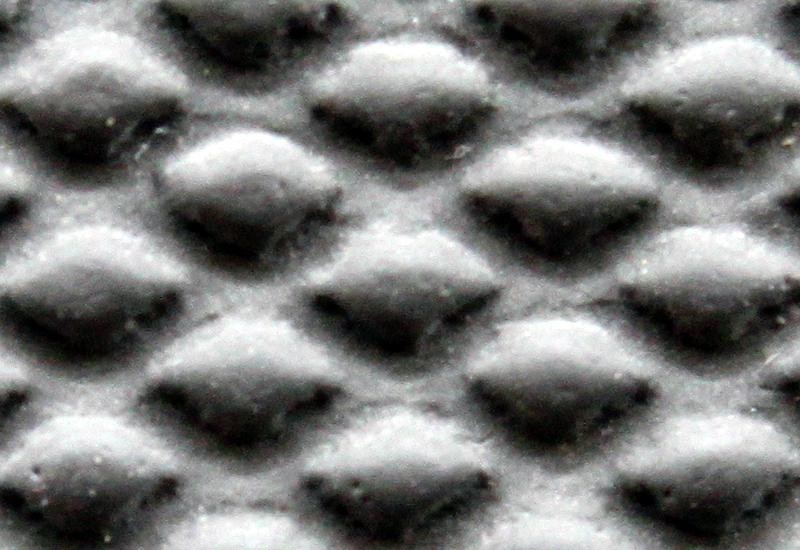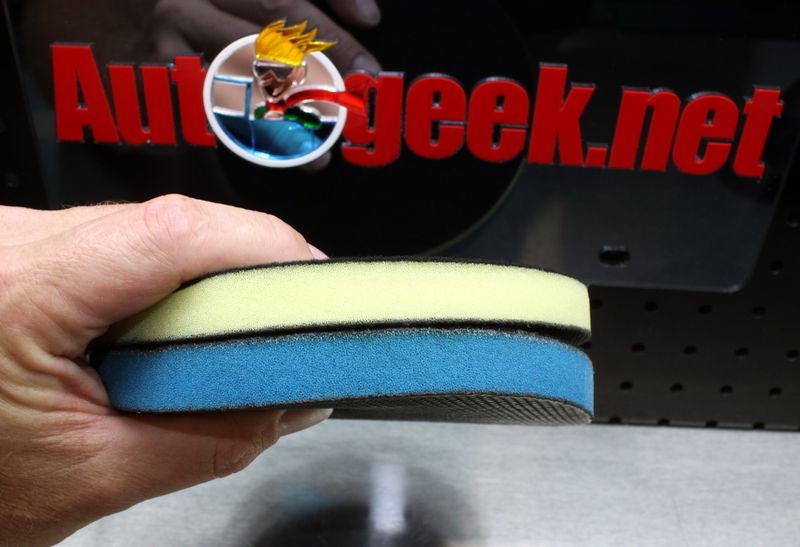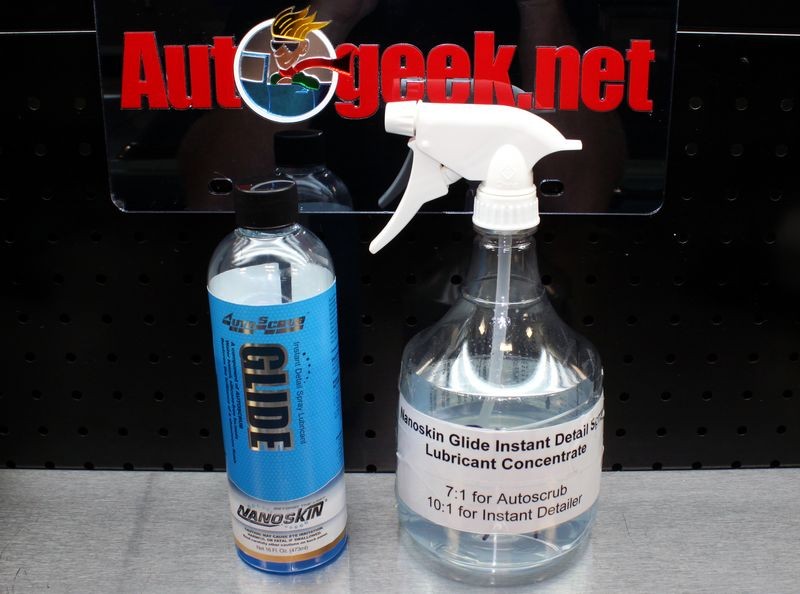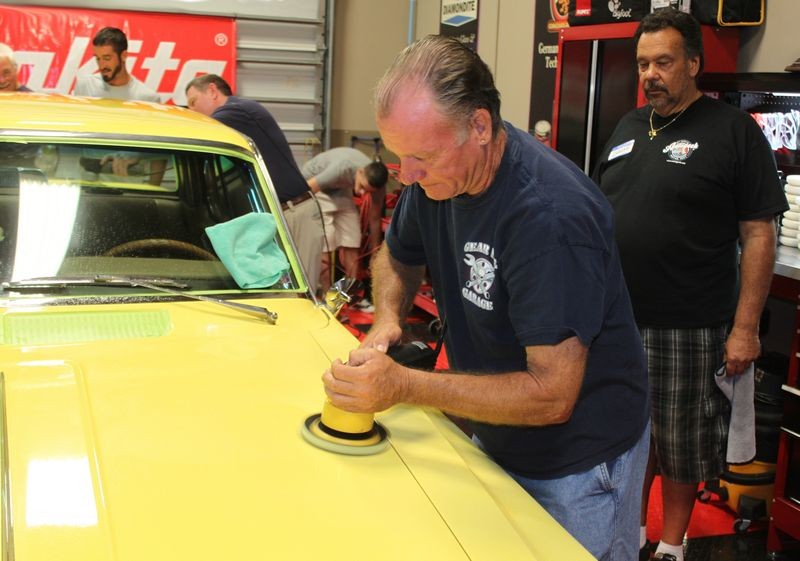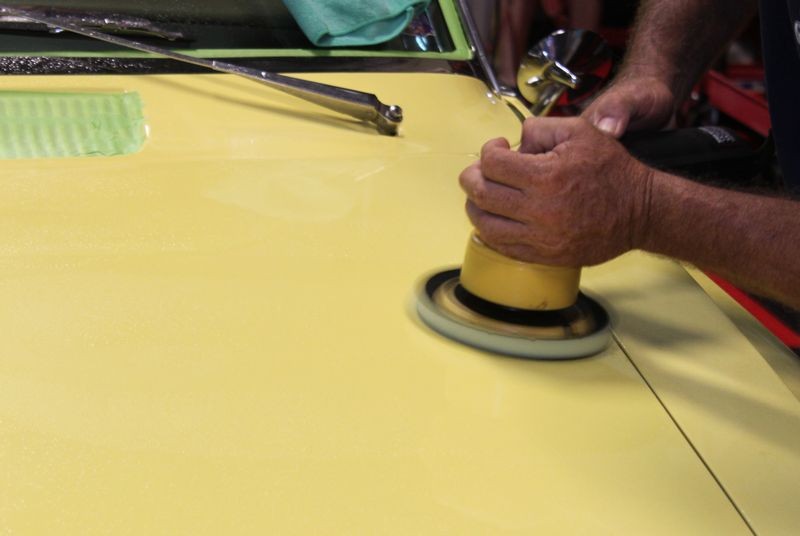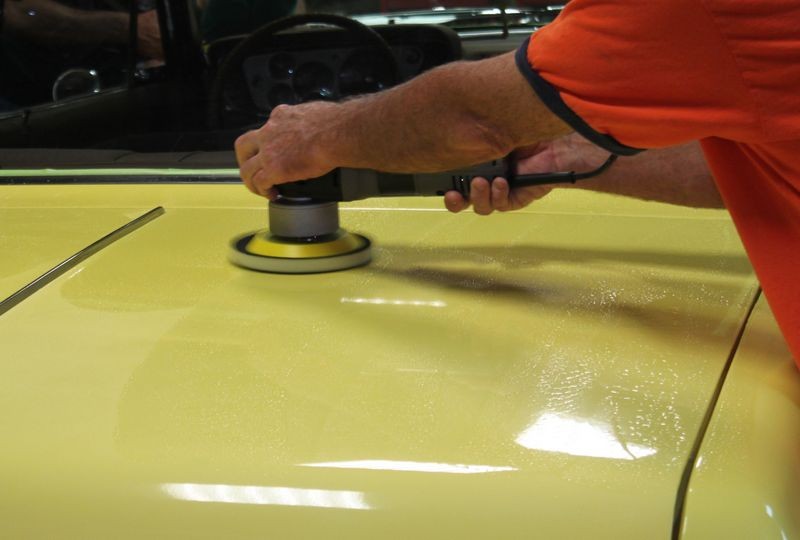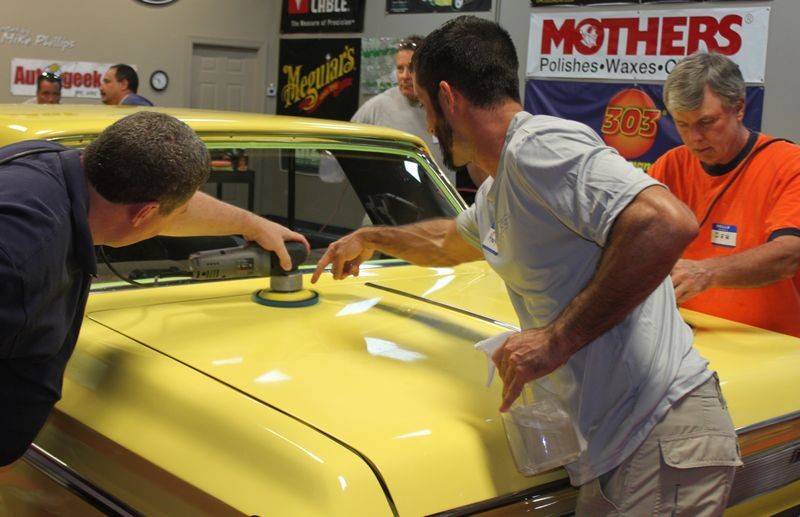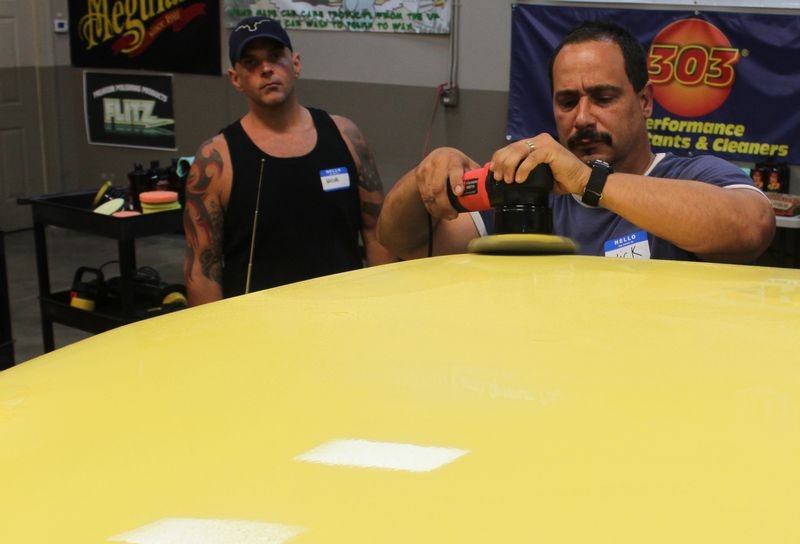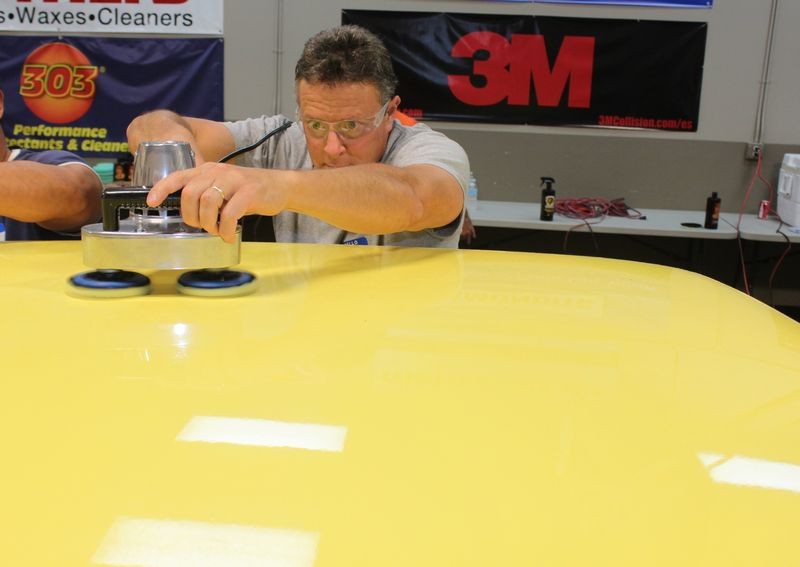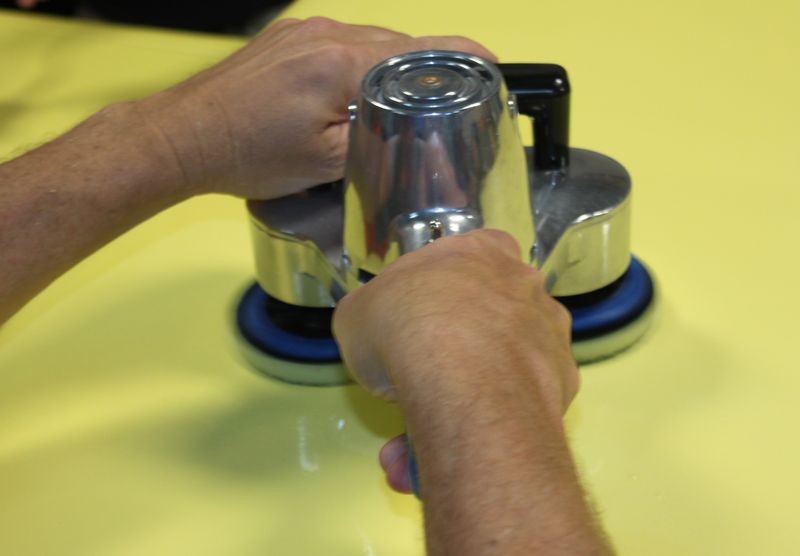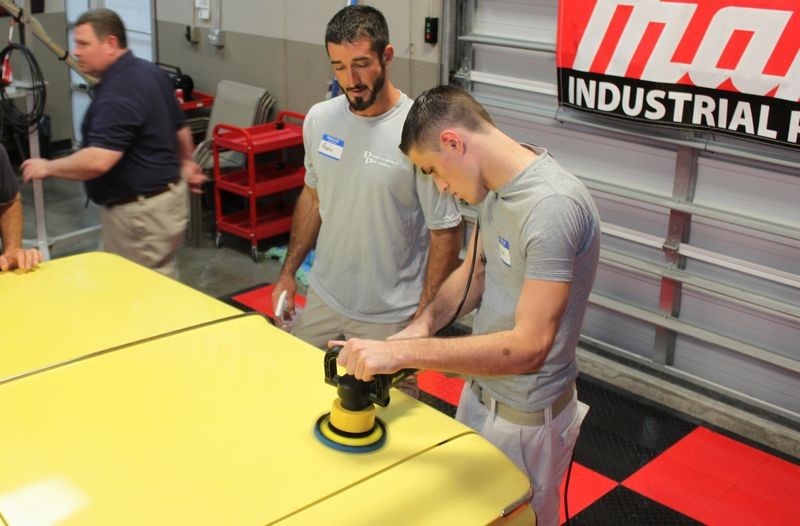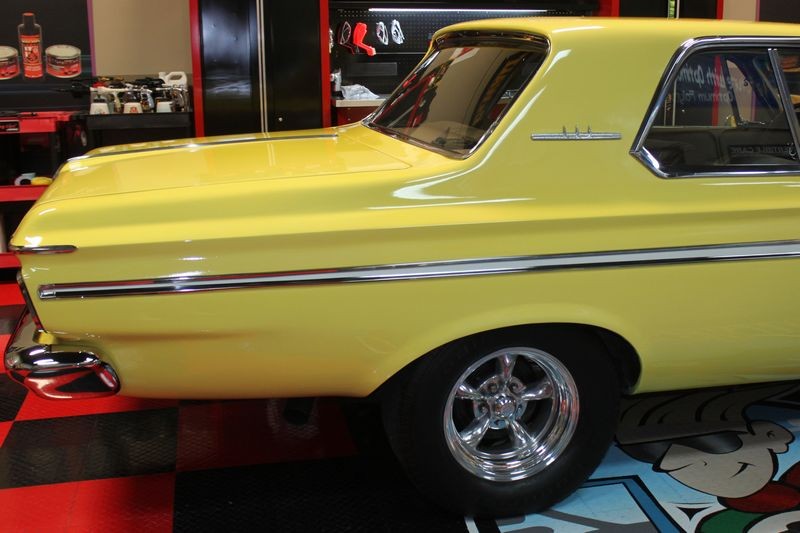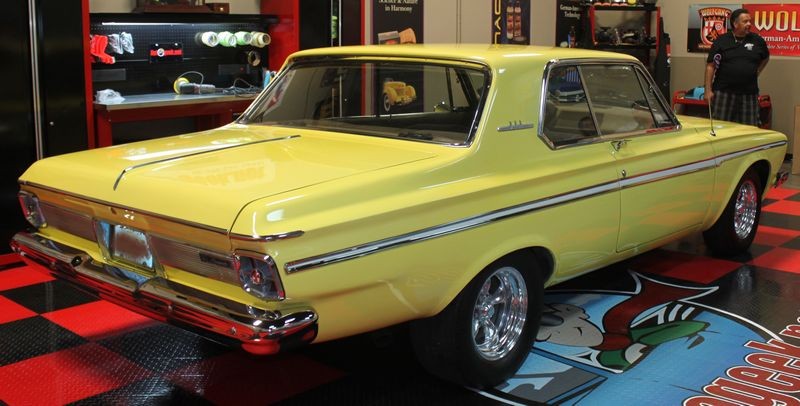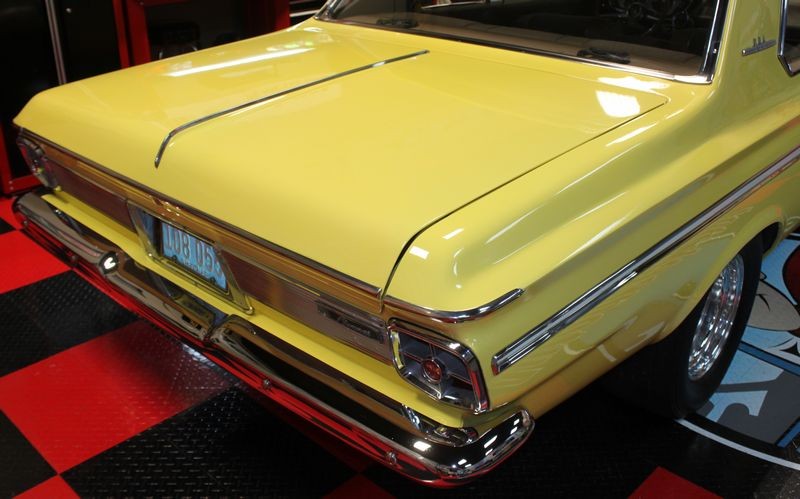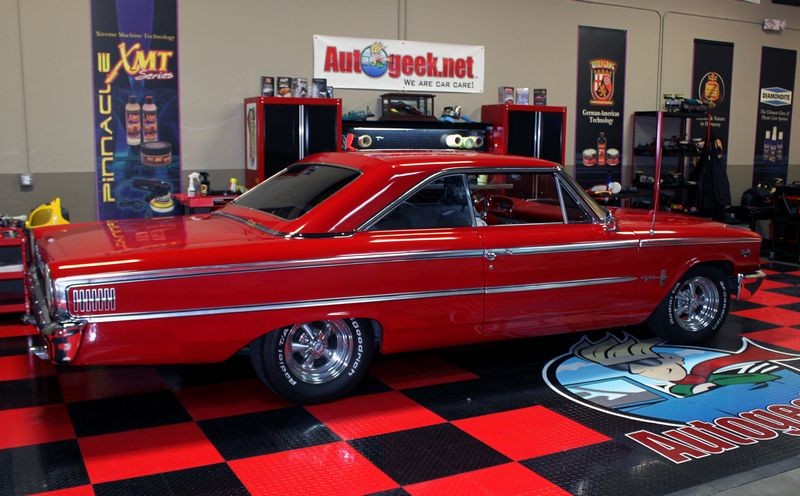First...
Lost of great suggestions already posted in this thread...
Second, thank you Mike aka Setec Astronomy for bringing this thread to my attention, this is a very busy forum and it's hard to stay up to date one each and every thread...
Thank you Art for the comments on the car.
Just to clarify, the car was painted 5 years ago with single stage paint (no clear). I'm assuming the overspray is on the car from being around the paint shop.
The most common place to get overspray paint on your car is at a body shop. Here's why,
The first reason is pretty simple and that's because body shops spray paint. Duh.
The second reason though most people don't think about and that is after your car is painted it is moved out of the paint booth and back into the shop somewhere to have a number of possible things done to it, this can include complex procedures like sanding and buffing, or more mundane things like bolting back on any components that might have been removed before the car was painted, for example a bumper, trim, emblem, etc.
While the car is sitting in the shop, because paint is being sprayed both inside the paint booth and sometimes outside the paint booth, there's always the chance of overspray paint in the air.
This overspray paint can and will drift around the shop and land on your freshly painted car.
So the most common place to get overspray paint is where paint is in the air and that's at a body shop.
Also, some shops are better than others at covering up and protecting parts of the car that are not getting painted than others. Recently I had a guy call me that had a 1966 Rivera pained a candy apple color and the shop didn't paint the door jambs while the car was in the booth.
So they had the owner bring the car back to the shop a few weeks later and the "squirted" the door jambs, that's painter's lingo for spraying or blowing paint.
What they didn't do is COVER THE CAR with plastic or paper and then he had overspray paint ALL OVER THE CAR, including the wheels, tires, glass, trim and body panels.
Ugh... :dunno:
So if you're getting a car painted, do your research and try to pick the best shop you can find and afford.
Any other recommendations on either the Nanoskin pad or what compound would be best for this?
Just by coincidence, we recently did an extreme makeover over to a VERY cool car. I document all of these projects. Not sure you can find any kind of documentation on projects like these on any other forum.
Check this out... from page 2 of this thread,
1963 Plymouth Fury Drag Race Car - Pictures & Video
Removing Overspray Paint using Nanoskin Autoscrub Pads
This 1963 Plymouth Fury was recently repainted. As a by-product of the painting process, there was overspray all over the car. It was very easy to feel the overspray paint on the hood and the windshield but chances are very good the
entire car has some level of overspray paint, including all the glass, all the paint, all the chrome and stainless steel trim and even the wheels and tires.
Interesting Factoid...
The most common place to get overspray paint on your car is while it's at a body shop for repairs or a complete paint job.
Tip...
Anytime you have your car re-painted, or even just a portion of the car repainted, while at the body shop, inspect the car for overspray and if discovered, point this out to the shop managers.
Nanosking Autoscrub Pads
This is a cropped out section from the above with no resizing...
Fine and Medium Grade Pads
The blue foam indicates the fine grade while the yellow foam indicates the medium grade Nanoskin Autoscrub Pads.
Nanoskin Glide Instant Detailer and Spray Lubricant Concentrate
Time to get busy....
The Nanoskin Autoscrub pads are incredibly effective at removing above surface bonded contaminants like paint overspray and best of all you work by machine using dual action polishers, any dual action polisher.
Here's Tim using a Meguiar's G110v2 with a Medium Grade, (Yellow), Nanoskin Autoscrub Pad...
Here's Den using a Porter Cable 7424XP with a Medium Grade, (Yellow), Nanoskin Autoscrub Pad...
Here's Greg using a Porter Cable 7424XP with a Nanoskin Autoscrub Medium Grade Pad....
Here's Andy give some pointers literally....  Here's Nick using the Griot's Garage DA Polisher with a Nanoskin Autoscrub Medium Pad...
Here's Craig using the Cyclo Mark 5 Pro with two 4" Nanoskin Autoscrub Medium Grade Pads...
Here's Bryan using the Meguiar's G110v2 with the Nanoskin Autoscrub Fine Grade Pad...
Tim is a machine with a machine! Way to go Tim!
Here's Rob using the Griot's DA Polisher with the Nanoskin Autoscrub Medium Grade Pad...
As you can see, just by this first machine step the gloss is already starting to really amp up!
Here's Nick using the Griot's Garage DA Polisher with a Nanoskin Autoscrub Medium Pad...
Here's Craig using the Cyclo Mark 5 Pro with two 4" Nanoskin Autoscrub Medium Grade Pads...
Here's Bryan using the Meguiar's G110v2 with the Nanoskin Autoscrub Fine Grade Pad...
Tim is a machine with a machine! Way to go Tim!
Here's Rob using the Griot's DA Polisher with the Nanoskin Autoscrub Medium Grade Pad...
As you can see, just by this first machine step the gloss is already starting to really amp up!
If you read the text above, I shared that this car had recently had some body work done and as a result some panels resprayed and from the re-spray...
Clear Coat Overspray all over the car.
Of course... we removed the overspray and that's just one of the reasons the paint is now so glossy....
On Autogeek.net
Nanoskin Car Care Products
How about the new 5000 grit 3M that they have here at AG?
I think we need to hear from Mike Phillips on this one.
Thanks for the heads-up Mike...
#5000 grit is so fine trying to sand a catalyzed clear coat overspray off of the car's body panels would work but it would really chew up the sanding discs.
I'm a paint and body Guy by trade, so I wouldn't hesitate to put 3000 on a DA and then compound and polish it back up.
I'm with Ken on this...
IF I were going to sand it I would probably go with either the Meguiar's or the 3M #3000 sanding discs by machine. I'd use the 6" for the major panels and the 3" for the thin panels on a
Griot's Peanut Polisher like you see being used in this article,
Griot's 3" Mini Polisher works great as a 3" Dampsander
I would guess sanding would take an extra 2 hours Max. That's assuming the overspray is mostly on the horizontal surfaces.
I agree for a guy that knows how to machine sand. Promotional plug inserted here,
I teach machine sanding at all my
boot camp classes.
But overspray doesn't discriminate!
Exactly.
Most contaminants only bond to horizontal surfaces because they are not "sticky".
Overspray paint and tree sap mist are two types of air-borne contaminants that are sticky and if blowing in the wind will stick ANYWHERE.
I've removed overspray paint off the steel dash INSIDE a truck as well as off wheels and tires...
Here's a post of mine from MOL in 2005... the guy that owns this Suburban recently found I moved to AGO and joined this forum...
Claying will often times reveal unwanted contaminants you never knew existed. Below is HotRodGuy's 1955 Hotrodded Suburban that we almost didn't clay before we polished out because we couldn't feel any contaminants on the finish.
After claying we found
red paint overspray on our clay that we removed from the wild clear coated purple with flames paint job.
In most cases, examining your car's finish with your sense of touch after washing will reveal above surface contaminants that you can feel with your fingertips, but not always.











